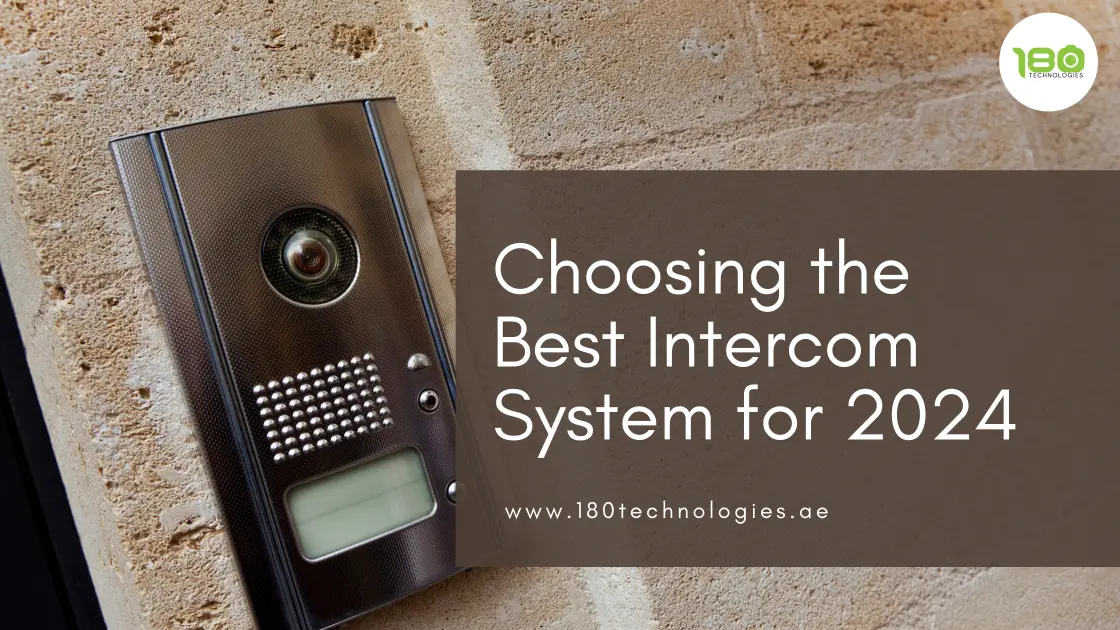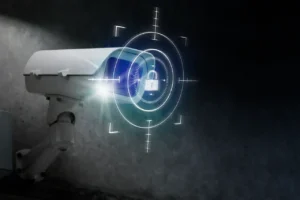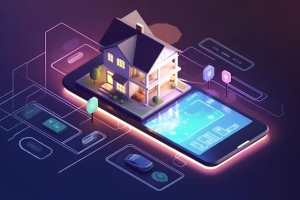Intercom systems have become an essential component in a world where communication and security are paramount, including homes, offices, and commercial establishments. These systems not only allow for seamless communication but also provide access control and enhanced security. With so many options available on the market, it is critical to understand the various types of intercom systems, their components, and the key features to consider when choosing the best system for your needs. In this blog post, we will look at intercom systems, including the benefits of wireless intercoms and their real-world applications.
Understanding Intercom Systems
Intercom systems are used as a communication and security tool in a variety of settings. They enable two-way communication and access control, making entry points more secure and convenient to manage. Intercom systems are available in a variety of configurations, including residential, commercial, and industrial applications, with each designed to meet specific requirements. 180 technologies provide the best home automation system in Dubai.
Understanding their components and functionalities allows you to make an informed decision when choosing the best intercom system for your needs.
What are Intercoms
Intercoms are communication devices that allow for two-way conversations and access control in residential, commercial, and industrial settings. They have evolved over time, with new features being added to improve their functionality and usability. They serve a wide range of applications, from simple audio communication to sophisticated video intercom systems, ensuring security and convenience in a variety of settings.
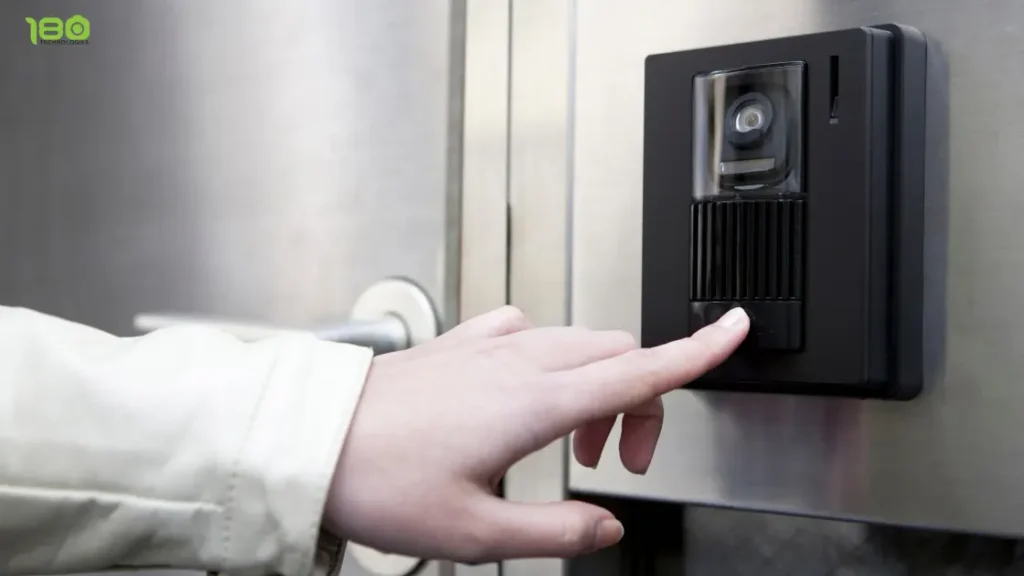
There are various types of intercoms, including:
- Wired intercoms are connected via cables.
- Wireless intercoms utilize radio frequency signals for communication and data transmission.
- Network intercoms include advanced features such as video capabilities, remote entry control, and integration with existing security systems.
They can also be classified based on their functionality (wiring, video, door release, monitoring) and the setting in which they are used (home, office, baby, commercial, industrial, schools, apartments).
Types of Intercoms by Functionality
Intercoms can be classified according to their functionality, with different options available to meet specific requirements. Some types of intercoms include the following:
Wired intercoms: These intercoms are connected by cables and provide a reliable communication channel.
Video intercom systems: These systems allow for visual communication between the exterior and interior of a building without requiring the door to be opened.
Door release intercoms: These are designed to activate electronic strikes or magnetic locks, allowing access control.
Monitoring intercom systems are used for surveillance and to ensure the security of a building or premises. They can be combined with other security systems, such as CCTV cameras, to create a comprehensive security solution. Understanding the various features of intercoms allows you to select the best system for your specific application. Best home automation solution in Dubai is by 180 Technologies.
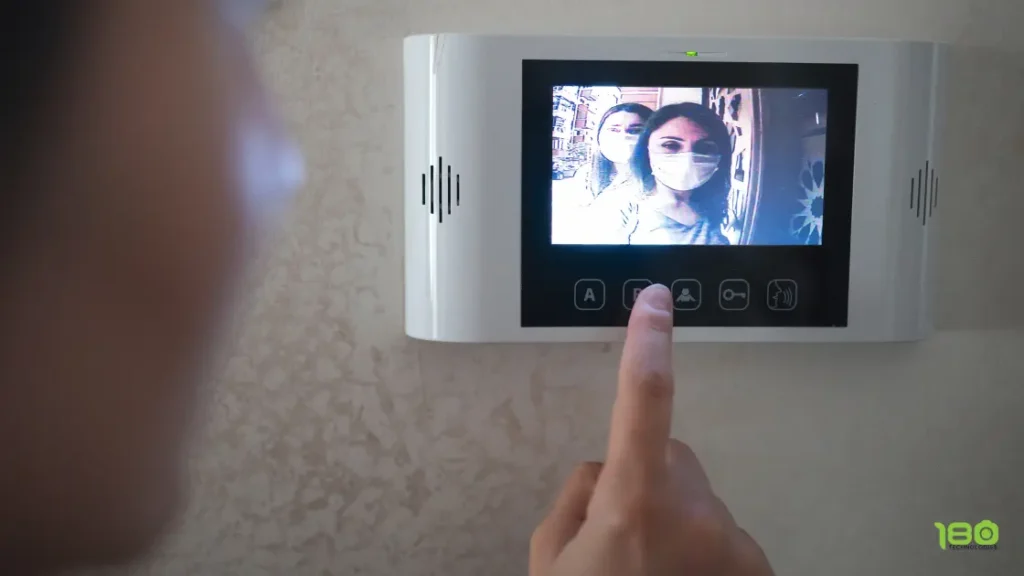
Types of Intercoms by Use
Intercoms can be customized for specific applications, providing tailored solutions to various environments and needs. Home intercoms enable seamless communication throughout a home and may include video capabilities for added security. Office intercoms, on the other hand, allow employees to communicate with one another while also controlling access to restricted areas. 180 Technologies provides the smart home solution in Dubai.
Intercom systems can give parents peace of mind by allowing them to keep an eye on their baby from anywhere in the house. Commercial, industrial, and school intercoms provide secure access control and communication between employees and visitors, resulting in a safe environment.
Meanwhile, flat intercoms provide secure access to individual units while also facilitating communication between residents and visitors.
The components of intercom systems
Intercom systems are made up of various components that work together to provide seamless communication and access control. Some of the key components are:
- Base stations are the central hub of the intercom system.
- Substations are individual communication points.
- Cameras enable video surveillance and monitoring.
- Access control devices provide secure entry and exit.
Cameras provide video capabilities for increased security, while access control devices, such as electronic locks, restrict access to specific areas.
Conclusion
Intercom systems are an essential tool in a variety of settings, providing secure access control and clear communication. Understanding the various types of intercom systems, their components, and key features allows you to select the best system for your specific requirements. Additionally, proper installation and maintenance are critical to ensuring the system’s optimal performance and longevity. An intercom system, whether used in a single-family home, an apartment building, a commercial space, or an educational institution, can improve security, communication, and convenience for all residents.

